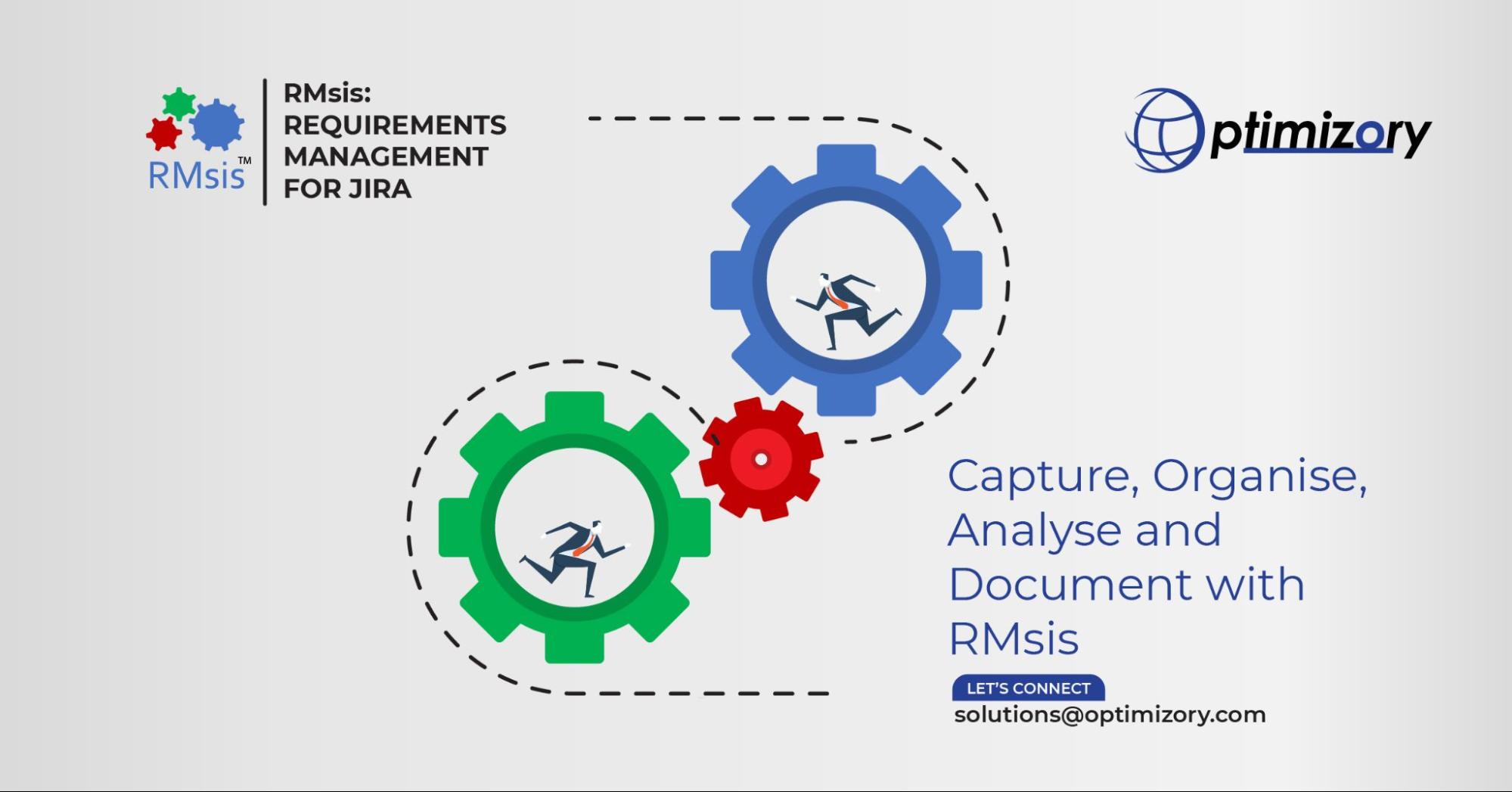

In the intricate world of software development, where cost and efficiency go hand in hand, a key player emerges as the unsung hero – the Requirements Engineer. This article delves into the remarkable cost-saving prowess of Requirements Engineers, unveiling the stark contrast in expenses between addressing issues at the requirements engineering phase versus during maintenance. We uncover how this cost-efficient strategy can revolutionize project outcomes by drawing insights from industry experts and real-world examples.
At the core of every prosperous software project lies the requirements engineering phase. This pivotal stage shapes the project's direction and is crucial in managing costs. A skilled Requirements Engineer bridges stakeholders and developers, ensuring expectations are meticulously captured and translated into actionable plans.

The cost trajectory throughout the software development lifecycle is a stark reminder of the importance of early detection and resolution. Imagine a scenario where a critical issue goes unnoticed during the requirements engineering phase and emerges during maintenance. The cost of rectifying such issues can surge by a staggering 1000%.
According to the "2022 State of Software Quality" report by Parasoft, a renowned software testing company, this scenario is a real concern. The report highlights that the cost of fixing an issue during the maintenance phase can be 100 times higher than addressing it during the requirements phase. This astounding cost escalation underscores the importance of meticulous early-stage detection and resolution.
The report underscores the necessity of identifying and rectifying issues at the earliest stages of software development. Doing so prevents inflated costs and enhances software projects' overall efficiency and success.
This is where the Requirements Engineer's prowess comes into play. By meticulously analyzing and refining requirements during the engineering phase, they eliminate potential problems before they manifest. Detecting and resolving issues at this early juncture yields unparalleled cost efficiency:

Attending to issues during requirements engineering reduces ambiguity, offering precise instructions for the development team and minimizing misunderstandings.
Early interventions generally involve adjustments to requirements documentation, sparing the intricate process of modifying developed code.
Effective communication between stakeholders and developers ensures a clear scope aligned with expectations, minimizing the chances of errors.
Delving into the intricate world of software development, we encounter a phenomenon that perplexes many – why do costs surge dramatically when issues are identified later in the process? Let's unravel this mystery and shed light on the factors contributing to the exponential cost increase as defects journey from inception to maintenance.
In the testing phase, replicating defects in a developer's environment becomes time-consuming. While glaring issues and deviations from requirements are easily caught, more complex concerns like memory leaks or race conditions remain elusive until later stages. Once these defects elude the coding phase, they lay dormant until the software's release, which is unfortunate.
As software enters the real world, detecting defects becomes challenging and risky. Balancing user experience and service availability becomes paramount. The compounded effects of these challenges inflate costs by up to 30 times compared to early detection.
The secret to curbing costs lies in detecting defects as early as possible, even before they are born. When processes are tailored to catch issues early and close to the developer's turf, the negative impacts of late detection start working in favor of higher software quality.

Imagine a tool that walks beside your Requirements Engineers, empowering them to identify issues immediately. RMsis is your ally in proactive requirement management. Ironing out glitches at the root sets the stage for cost-efficient software development. With RMsis, defects don't escalate; they meet their match initially.
While Requirements Engineers wield remarkable influence, leveraging advanced tools can supercharge their impact. RMsis, a cutting-edge requirements management solution, seamlessly integrates with the requirements engineering process, enhancing collaboration, precision, and foresight.
Incorporating it into your requirements engineering strategy empowers you to anticipate and mitigate issues early, resulting in substantial cost savings. The combination of Requirements Engineers' expertise and RMsis' capabilities forms a formidable alliance against the escalation of costs due to late-stage issues. Together, they steer your projects towards financial prudence, strategic foresight, and resounding success. Embrace RMsis to mitigate costs and elevate your software development journey to new heights of efficiency and excellence.
Embrace early detection practices and equip your Requirements Engineers with RMsis to harness the power of proactivity. By preventing issues from gaining momentum, you're not just saving costs but steering your software towards excellence.

Most mature requirements management application for Jira.